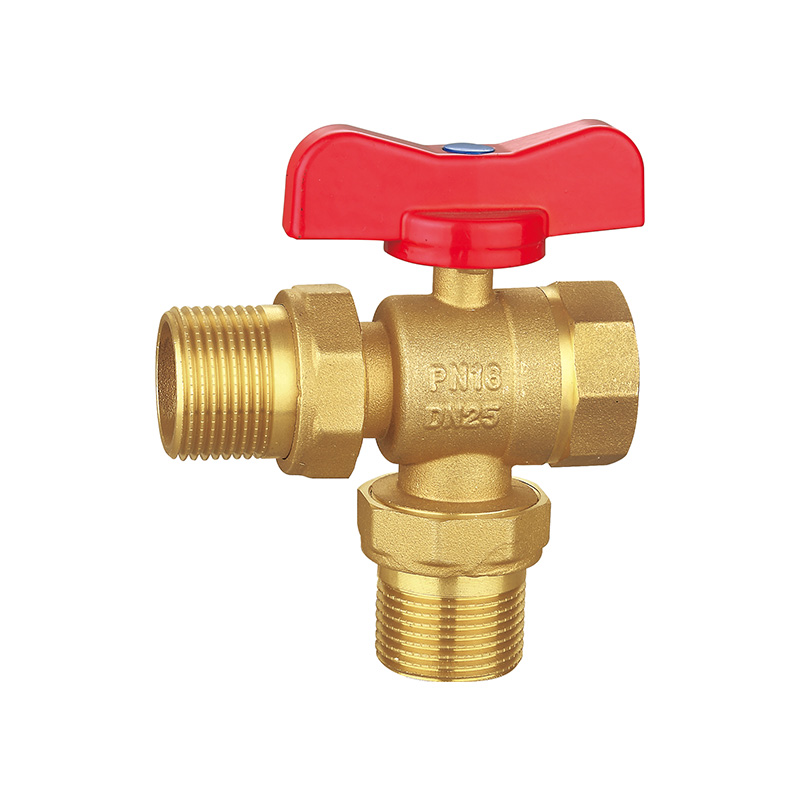Hydro Sanitary Heating Valves: What Are Our Options?
At their core, hydro sanitary heating valves manufacturer are designed to manage water flow within heating systems. These valves control the temperature, pressure, and flow of the water circulating through the system. They play a crucial role in ensuring that the heating system runs smoothly, prevents overpressurization, and offers comfort in terms of temperature control. The term "hydro sanitary" refers to systems that involve water distribution for heating and sanitary purposes, such as hot water systems for domestic use.

The design and construction of hydro sanitary heating valves are tailored to meet the specific demands of both residential and industrial applications, making them versatile and reliable components in modern plumbing and heating systems.
When selecting hydro sanitary heating valves, it's important to understand the different types available. Each type of valve serves a specific function and is suited for different kinds of heating systems. Some of the common types of valves used in sanitary heating systems include:
Thermostatic Radiator Valves are one of the commonly used hydro sanitary heating valves in residential heating systems. TRVs allow for automatic temperature control in individual radiators by adjusting the flow of water based on the room temperature. These valves are designed to open or close in response to changes in the surrounding temperature, providing both comfort and energy efficiency.
By controlling the flow of water to the radiator, TRVs ensure that rooms are heated according to a set temperature. This helps to avoid overheating and reduces energy consumption, making them a popular choice for homeowners looking to maintain a comfortable and energy-efficient home.
Manual valves are simple to operate and provide a straightforward solution for regulating water flow within a heating system. These valves can be opened or closed manually to control the flow of water, allowing users to adjust the temperature of their heating system as needed. Hydro sanitary heating valves of this type are typically used in applications where automated control is not necessary, and precise temperature regulation is not a priority.
While manual valves do not offer the same level of convenience as thermostatic valves, they are often more affordable and are suitable for use in systems where simple temperature control is sufficient.
Pressure reducing valves are used to maintain a consistent pressure within the heating system. These hydro sanitary heating valves are particularly important in preventing damage to the system due to high pressure. High pressure can cause wear and tear on pipes, fittings, and other components, leaks and inefficiencies.
By regulating and maintaining pressure levels, PRVs help extend the lifespan of the heating system and prevent costly repairs. These valves are crucial in both residential and commercial applications, where pressure fluctuations may occur due to varying demand or system characteristics.
Check valves are essential in preventing backflow within a heating system. These hydro sanitary heating valves allow water to flow in only one direction, preventing it from reversing direction and causing damage to the system. Backflow can introduce contaminants into the system, which could affect water quality and system performance.
Check valves are commonly used in systems where the water may flow in multiple directions, such as in closed-loop heating systems. They ensure that water flows in the correct direction and that the system operates as intended.



 English
English русский
русский Español
Español عربى
عربى


